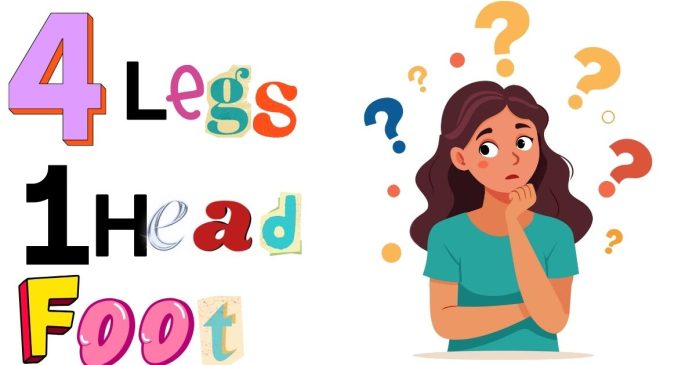This playful question is a classic example of a riddle. At first glance, it might sound puzzling, but the answer is simpler than it seems. The object described is a bed! Let’s break down why this works and explore the riddle further.
Breaking Down the Riddle
1. Four Legs
Most traditional beds have four legs that hold the frame above the ground. While some modern designs may use different support structures, the classic bed frame typically has four sturdy legs.
2. One Head
The “head” in the riddle refers to the headboard of the bed. This is the part of the bed frame located at the top where pillows are often placed.
3. One Foot
The “foot” refers to the footboard, which is the opposite end of the bed frame from the headboard. Not all beds have footboards, but in the context of this riddle, it’s a key feature of the described object.
Why Is This Riddle Popular?
This riddle is a great example of how wordplay can make us think creatively. It uses figurative language to describe a common household item in an unexpected way. By interpreting everyday terms like “legs,” “head,” and “foot” in a non-literal sense, the riddle forces us to think outside the box.
Other Similar Riddles
Here are a few other riddles that play with figurative descriptions of common objects:
- What has hands but can’t clap?
- Answer: A clock.
- What has an eye but cannot see?
- Answer: A needle.
- What has keys but can’t open locks?
- Answer: A piano.
These riddles use the same technique of assigning human or animal-like characteristics to inanimate objects.
The riddle “What has four legs, one head, and a foot?” cleverly describes a bed, transforming a simple object into something mysterious. Such riddles are not only fun but also a great way to engage our problem-solving and critical-thinking skills. So, next time you hear a tricky question like this, take a moment to think creatively—you might just surprise yourself with the answer!


